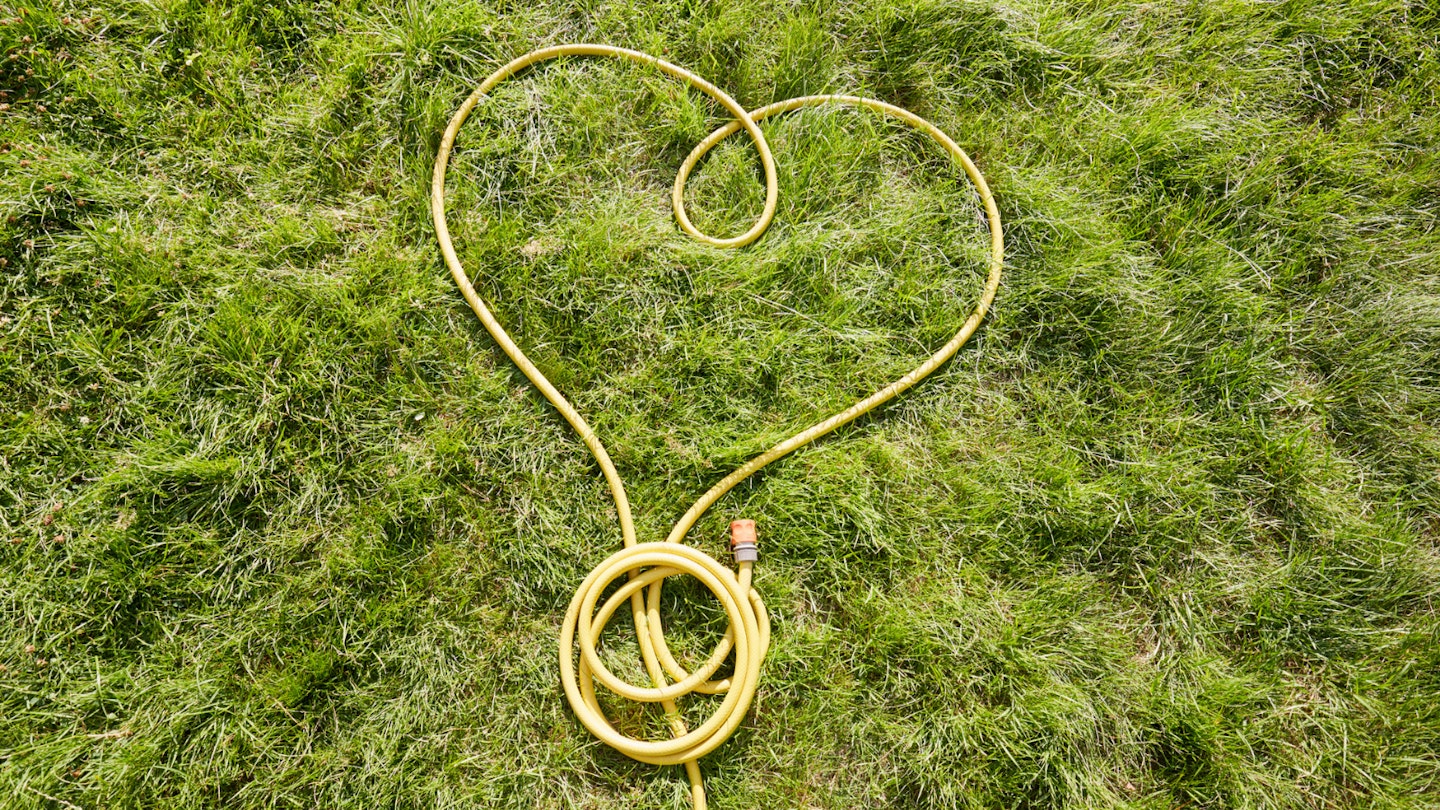Looking for some lawn care tips to help you achieve the perfect lawn over the summer months? With our gardens getting minimal attention over the colder months, our lawns are looking more than a little worse for wear. The water-logged ground has caused the grass to die back and then, under those stormy deluges, weeds have jumped in where once there was a beautiful bed of green.
As well as investing in a great lawn mower that will get rid of all the winter growth, there are so many things you can do to give some life back into your lawn. This includes garden vacuums, lawn seed and even edging tools, all available to give you a helping hand. There are also great ways to revive your lawn without using a hose, saving you money on water and making sure you keep to hosepipe bans.
Now the weather’s beginning to warm, it’s time to give your lawn a little TLC to get it back to its luscious, juicy best. Follow all of these easy, step-by-step lawn care tips and your grass will also be far healthier, so it’ll cope better with whatever else the year may throw at it.
Your grass will also be far healthier, so it’ll cope better with whatever else this year may throw at it.
Lawn care tips from the Modern Garden experts
Get mowing
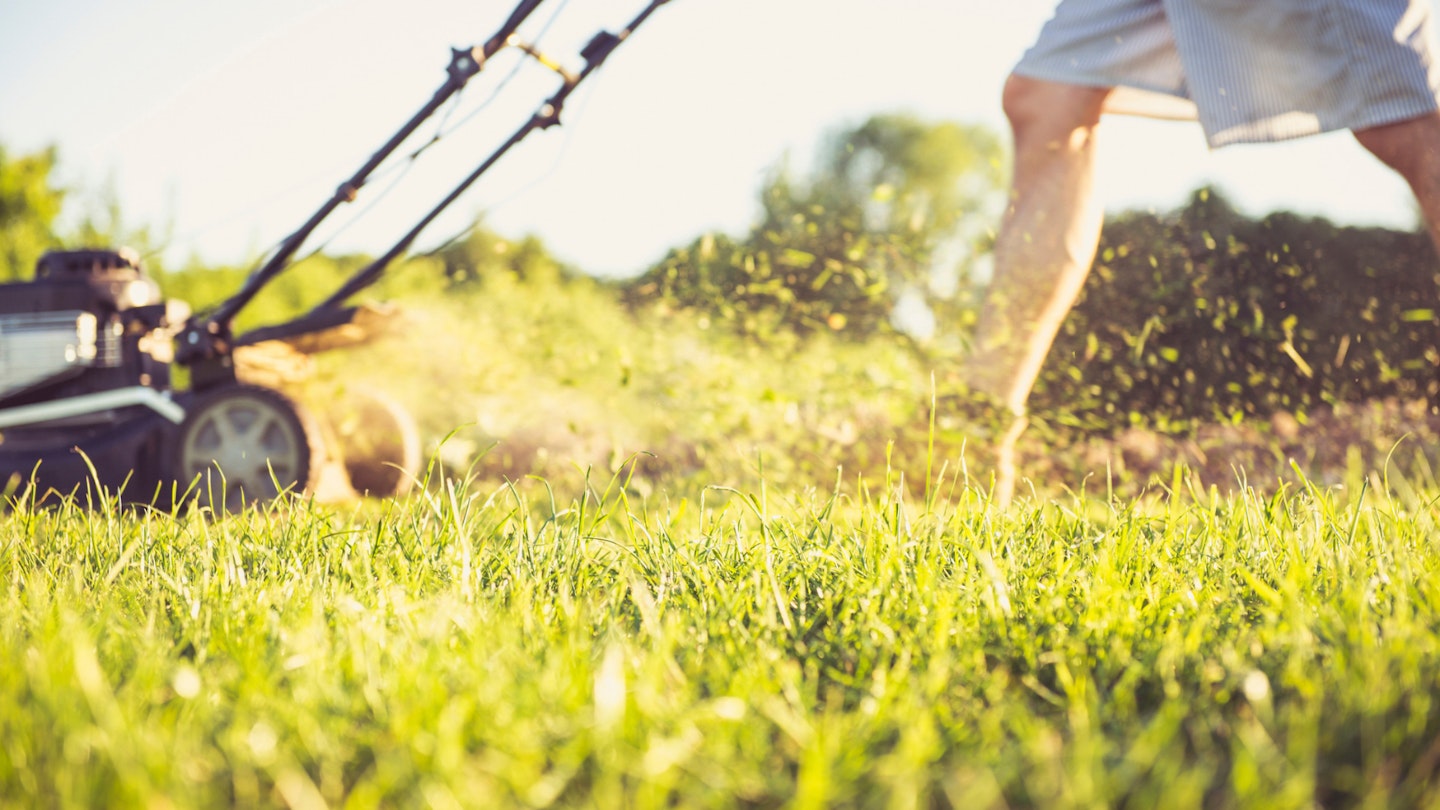
No doubt over the colder months, your lawn has been left untouched so come spring you should take your electric or petrol lawn mower out for a spin. If this is the case, mow on your highest setting, making sure the blade is sharp.
That being said, you should ideally be mowing your lawn regularly throughout the year to keep it in good health as your grass will continue to grow until the temperature drops below 5°C.
If you’re mowing in the autumn, raise the height of your mower blades slightly, so the grass is left slightly longer, as it’ll grow more slowly. A quick trim once a week, except when it’s very wet or frozen, will help your lawn to cope with the last of any warm, dry weather we enjoy, and help it deal with the cold and wet when they arrive.
Top tip: You can make your garden look longer than it is by mowing stripes top to bottom, or to make it look wider, mow side to side.
Want to invest in the best lawnmower for your garden spring clean?
Get rid of dead bits
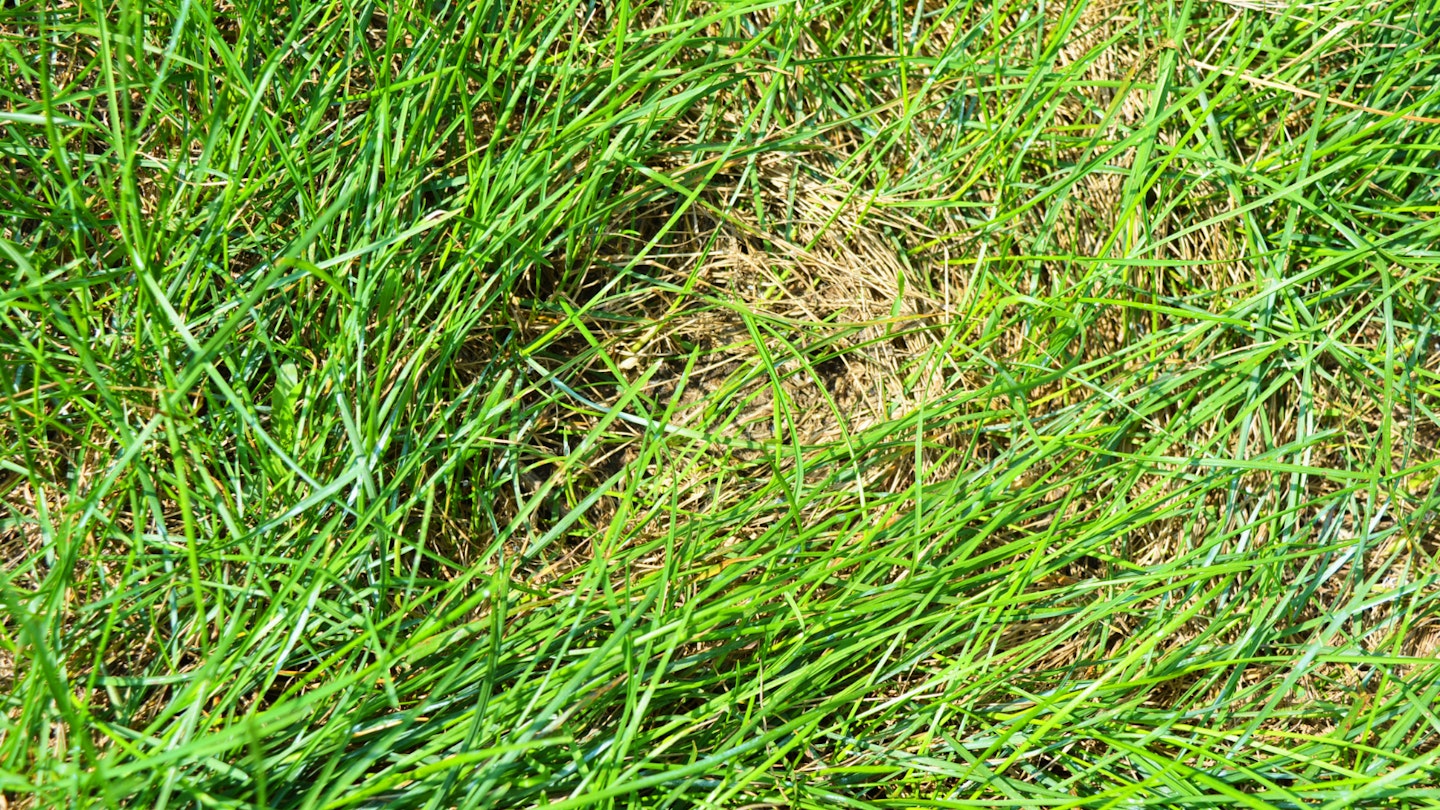
Any moss, dead grass, and other plant debris in your lawn is taking up valuable space where lush green blades of grass could be growing, and spring or autumn can be a great time to remove it.
This material, known as ‘thatch’, also prevents water from penetrating the soil, which can lead to less grass and more moss. Use a spring-tine rake to thoroughly go over your lawn and remove the surprisingly big piles of dry debris that accumulate. If you’re fainting at the thought of raking over your whole lawn, then hire an Electric Scarifier to do the hard work for you.
Check your lawn for any still-green mossy patches first as it’s best to kill these with a lawn mosskiller beforehand. Moss is quick to hop into a lawn after very wet or very dry weather so, as we’re likely to have long periods of both extremes this summer, we’ve all got mossy patches covered!
Choose a mosskiller containing sulphate of iron and follow the instructions to apply it on a sunny day. Check if you need to water it in if it doesn’t rain for a couple of days. Wait until the moss has died (it’ll turn black) before you rake.
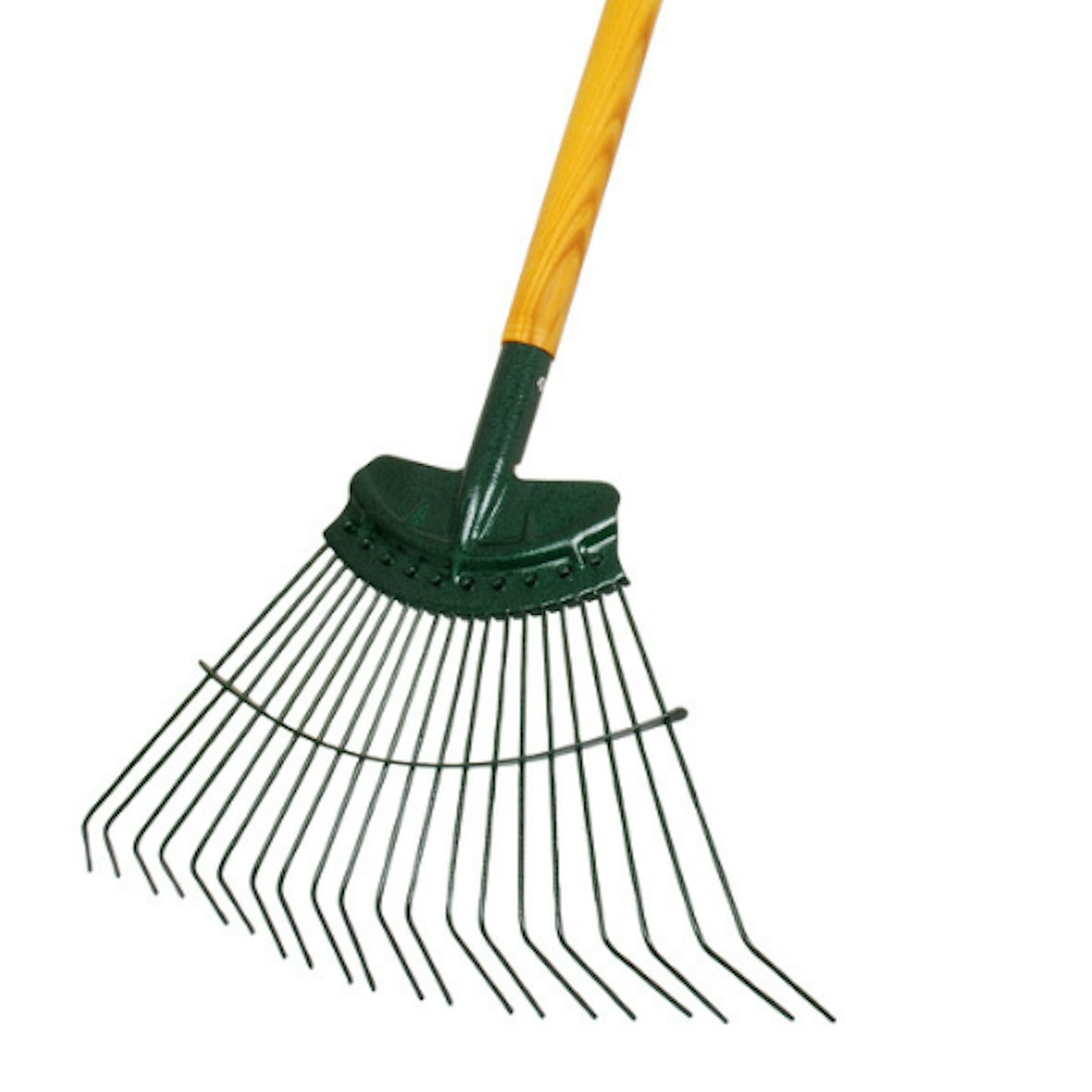 Bulldog
Bulldog www.toolstation.com
Rake over your lawn with this bad boy and you'll be able to remove unwanted growth with ease. Used for scarifying the lawn too, this rake has 20 tines that are oil-treated for extra strength, a sturdy handle, and glowing reviews from customers.
Pros
- Extra-long 48-inch handle
- 20 high-tensile tines
Cons
- No hand grips
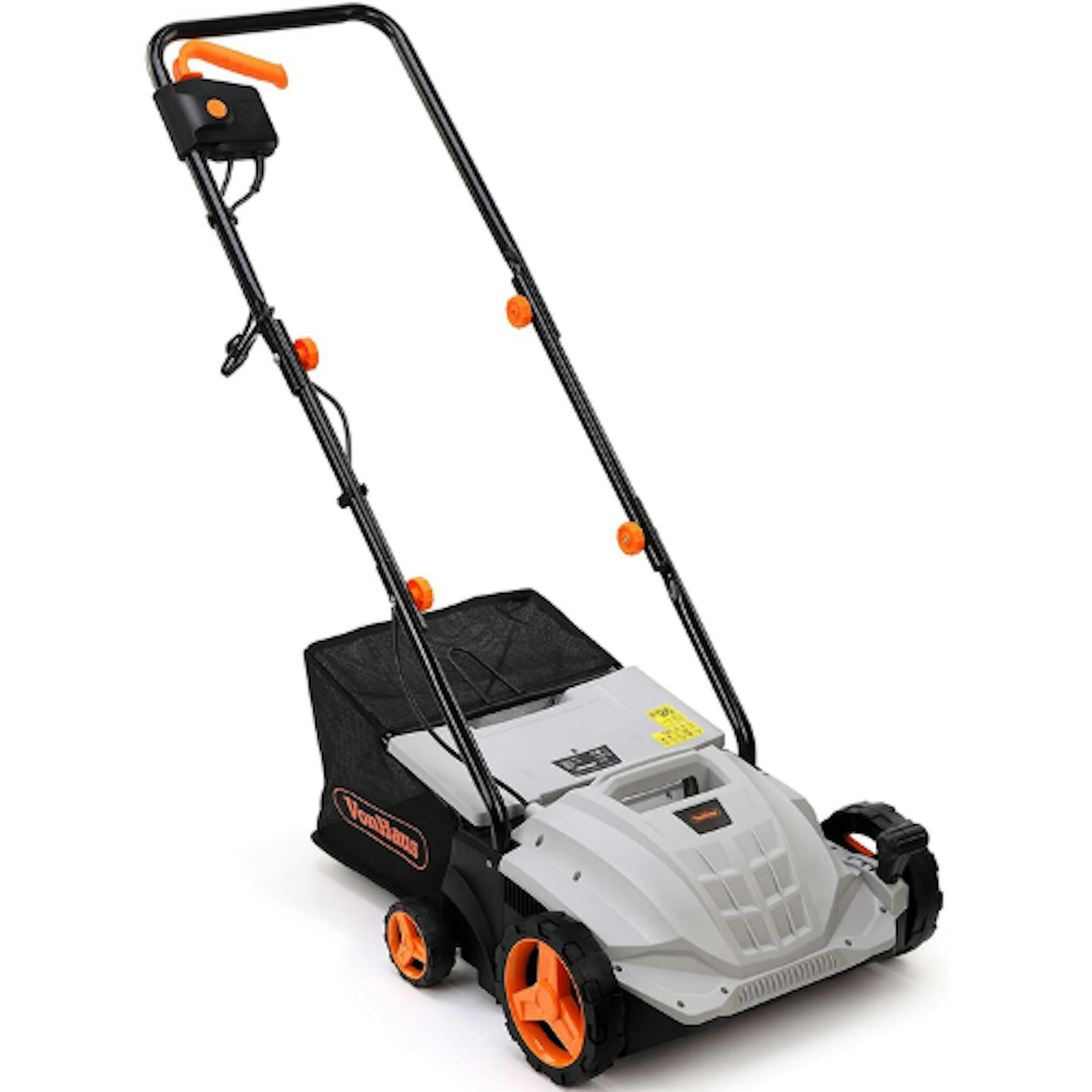 VonHaus
VonHausYou could hire an Electric Scarifier, or buy your own! The affordable and lightweight VonHaus 2-in-1 Electric Lawn Scarifier and Rake is an easy and efficient tool for maintaining a healthy, tidy lawn. With adjustable working depths, just power on and roll over your lawn to collect thatch, moss, leaves, and other debris. You can even use the dual purpose drum to aerate your soil too.
Pros
- Multipurpose electric garden tool
- 30-litre grass collection box
Cons
- Requires a source of electric
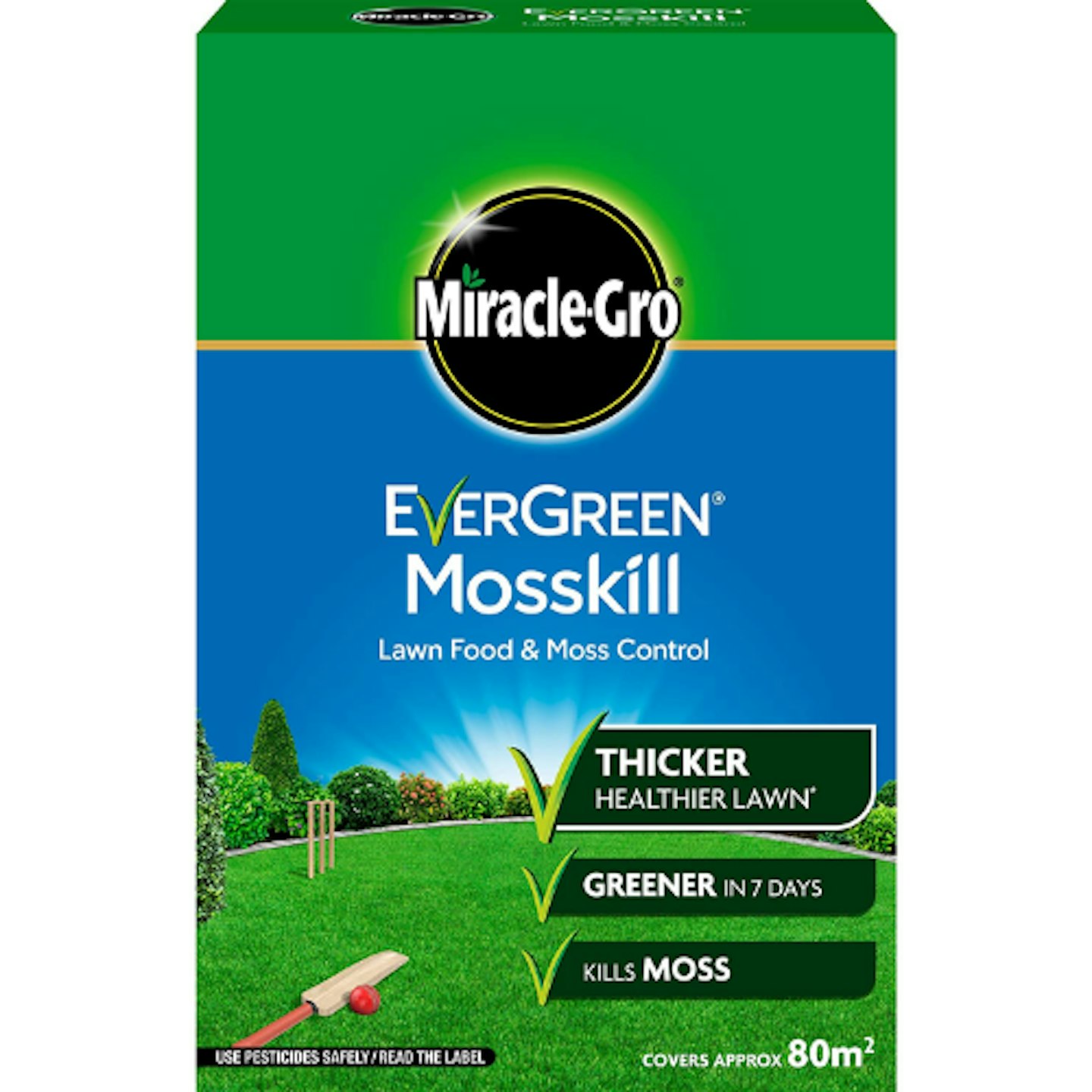 Miracle-Gro
Miracle-GroThe Miracle-Gro EverGreen Mosskill contains iron sulphate and is an ideal lawn food and moss control to use between April and September. The easy to use granules get to work in just seven days, killing the moss and helping to give you a richer, green lawn.
Pros
- Works in as little as seven days
- Covers up to 80 square metres
Cons
- Can't use in rainy conditions
Rake up leaves
Fallen leaves block out light and air, which causes the grass to turn yellow and even die. They can also encourage turf diseases. Rake them up, or just use your lawnmower to pick them up.
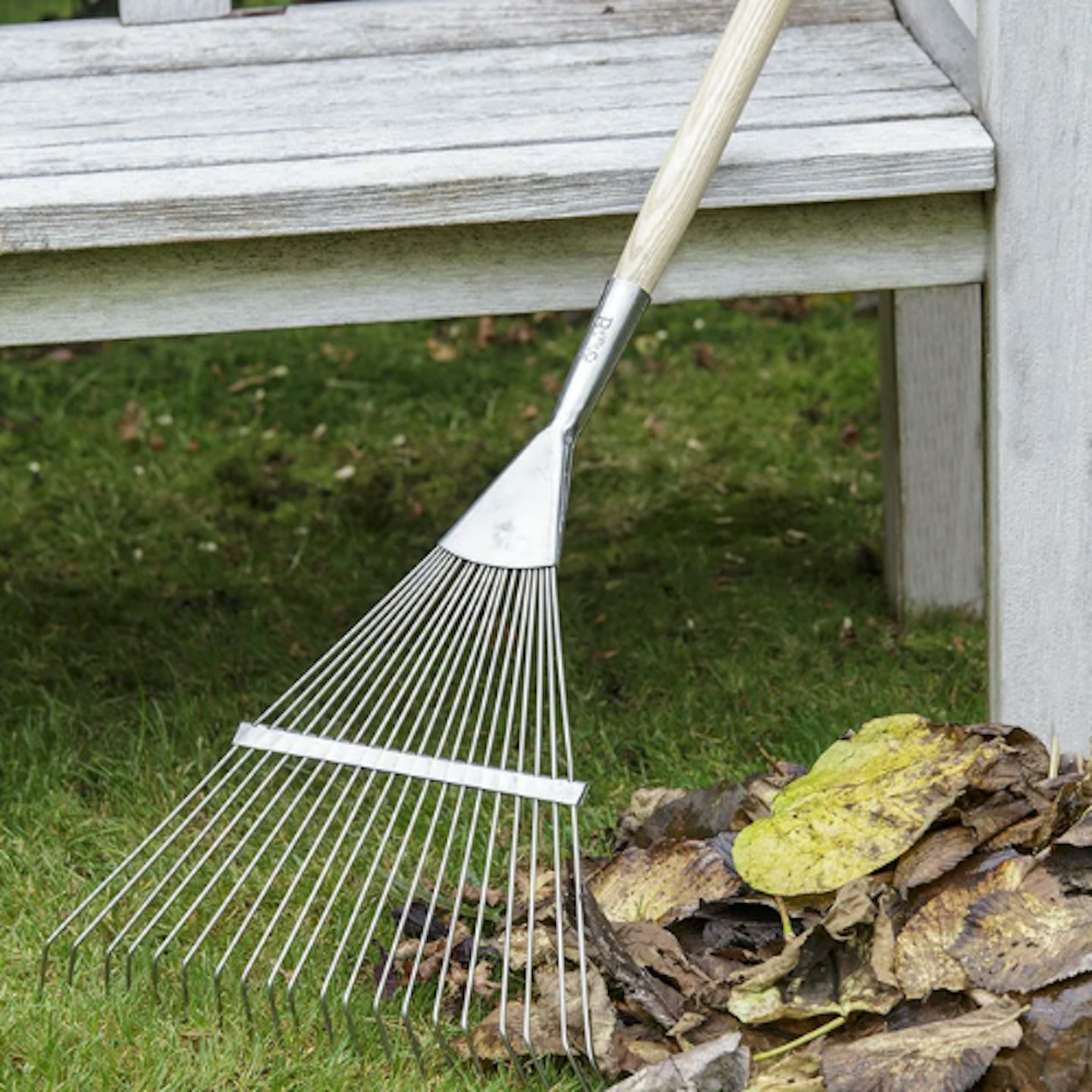 Burgon & Ball
Burgon & Ball www.diy.com
Endorsed by the RHS, this rake has 25% more tines compared to standard rakes so it can quickly and easily remove moss, thatch, and rogue leaves on your lawn. Made from stainless steel and FSC-certified ash, it comes with a leather hanging strap for storage in the shed and a lifetime guarantee.
Pros
- Handle is made from FSC-certified ash
- 25% more tines than standard rakes
Cons
- Weighs in at 1.16 kilograms
Aerate the soil to improve drainage
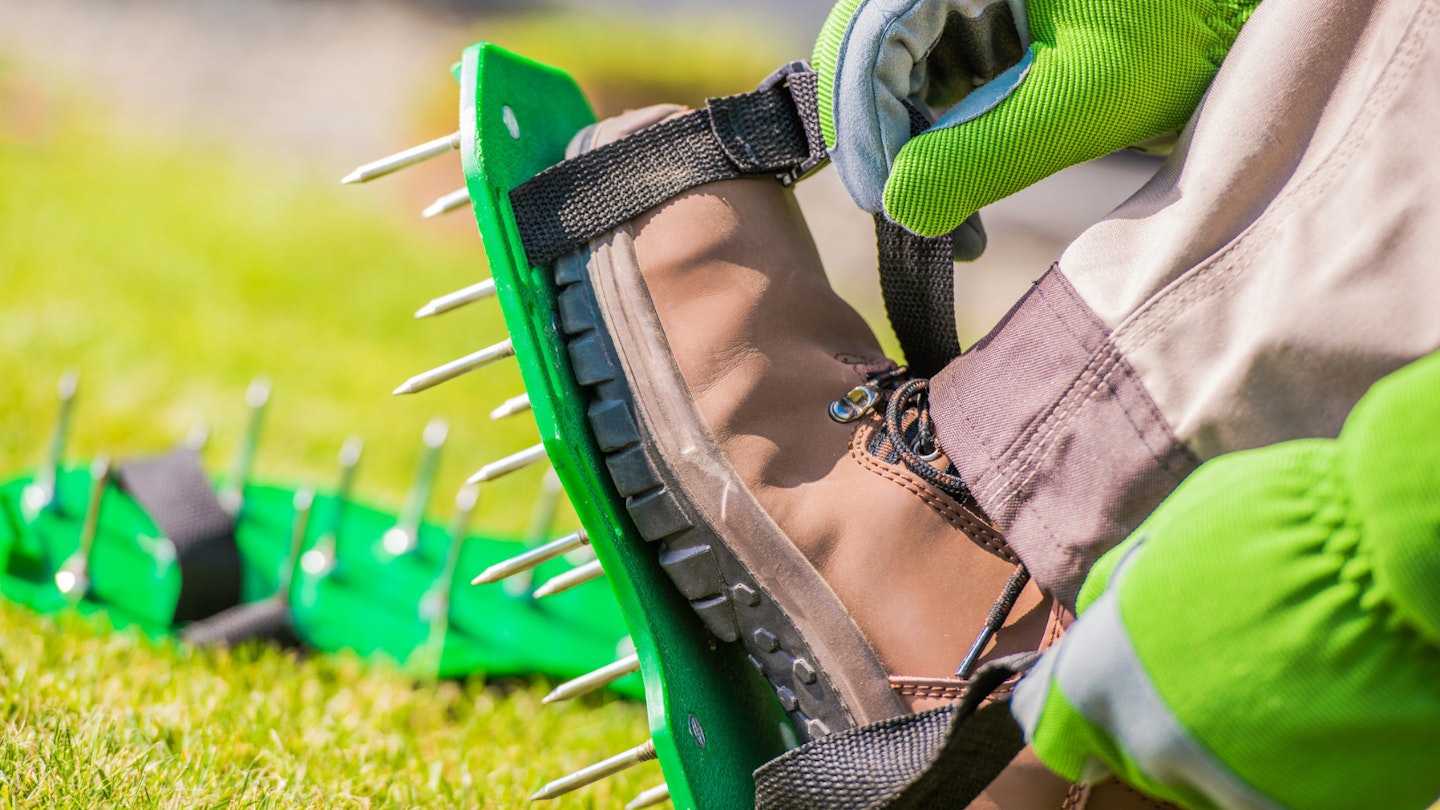
If your lawn is on very heavy clay soil or has had a lot of use and wear over time, the soil may be compacted. This can lead to moss, disease, and waterlogging – but it’s really easy to sort out!
If you regularly get puddles of water on your lawn through winter, then it’s worth buying a hollow-tine aerator – just stand on the bar to remove a row of little plugs of soil to make drainage-improving holes. Otherwise, just use a garden fork pushed into the soil to the depth of its tines.
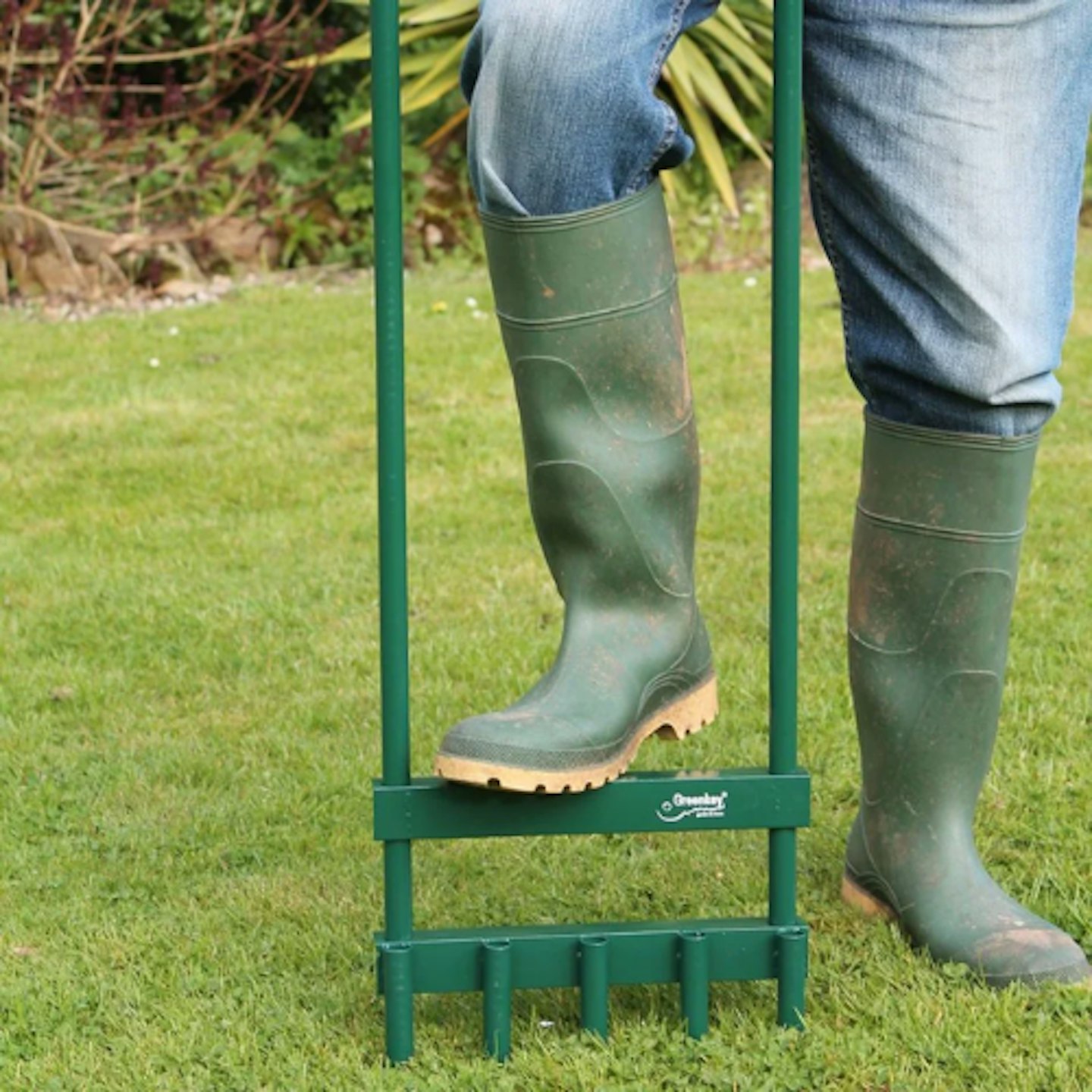 Crocus
Crocus www.crocus.co.uk
A simple and effective tool for rejuvenating your soil, press the hollow tines into the ground to remove cores of soil to let air, water, and nutrients reach right down to the grass roots. This is a more heavy-duty option as it goes deeper and disrupts the soil more compared to spiked aerators.
Pros
- Made from powder-coated steel
- Foam hand grip for comfort
Cons
- Leaves unsightly holes in your lawn
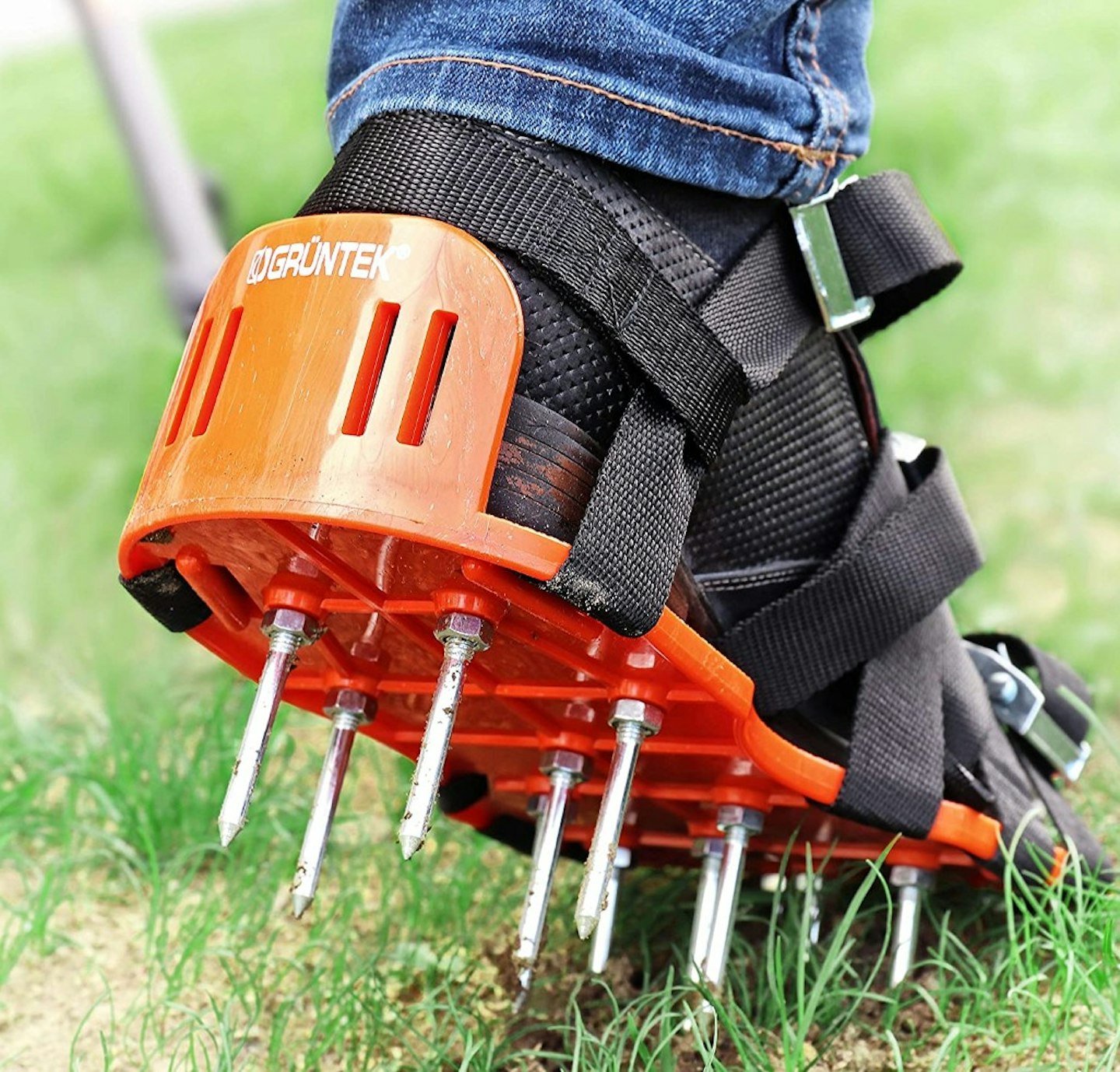 Gruntek
Gruntek If you want to aerate your soil in a jiffy, stick on these lawn aerator shoes and take a walk in your garden. With four adjustable straps for wear, the 13 safe steel nails drill into the earth with each tread, loosening the soil to improve the penetration of air and water.
Pros
- Great to wear as you mow the lawn
- Four adjustable Velcro straps
Cons
- Might be too large for smaller feet
 Crocus
Crocus www.crocus.co.uk
For an even speedier alternative, get yourself a rolling lawn aerator. With 30 45mm spikes, simply push the tool in front of you across the entire surface of your lawn to alleviate compaction and encourage healthy growth.
Pros
- 30 robust metal spikes
- A simple way to aerate your lawn
Cons
- Self assembly required
Sort out hollows
Got a lumpy lawn? Then you need to ‘top-dress’ it. You can buy lawn top-dressings from garden centres, and they’re usually a mix of loam, sand, and compost. You’ll need 2-3kg for every square metre of your lawn, but it’s well worth the investment.
As well as flattening out shallow hollows, top-dressing will improve the soil, encourage the grass to grow strong roots, thicken it and improve drainage. It’ll also help to keep all those little holes open if you’ve just finished aerating the soil! Just use a broom to brush it over your lawn.
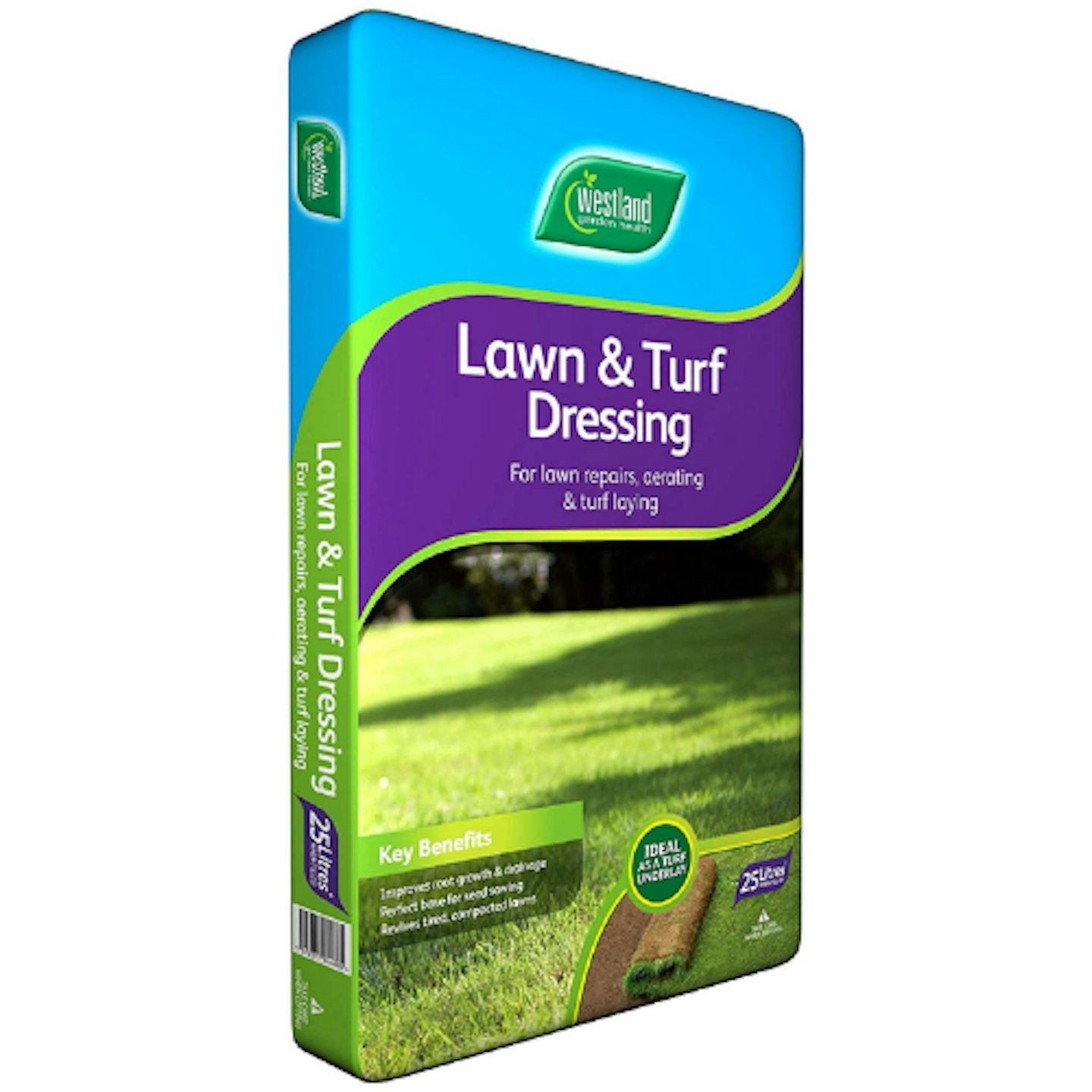 Westland
Westland With added seaweed for maximum germination, the Westland Lawn and Turf Dressing is ideal for existing lawn repairs, aerating, and turf laying. It improves the ease of watering and promotes 25% thicker grass growth.
Pros
- Can result in 25% thicker grass
- Ideal base for grass seed sowing
Cons
- Not a resealable bag
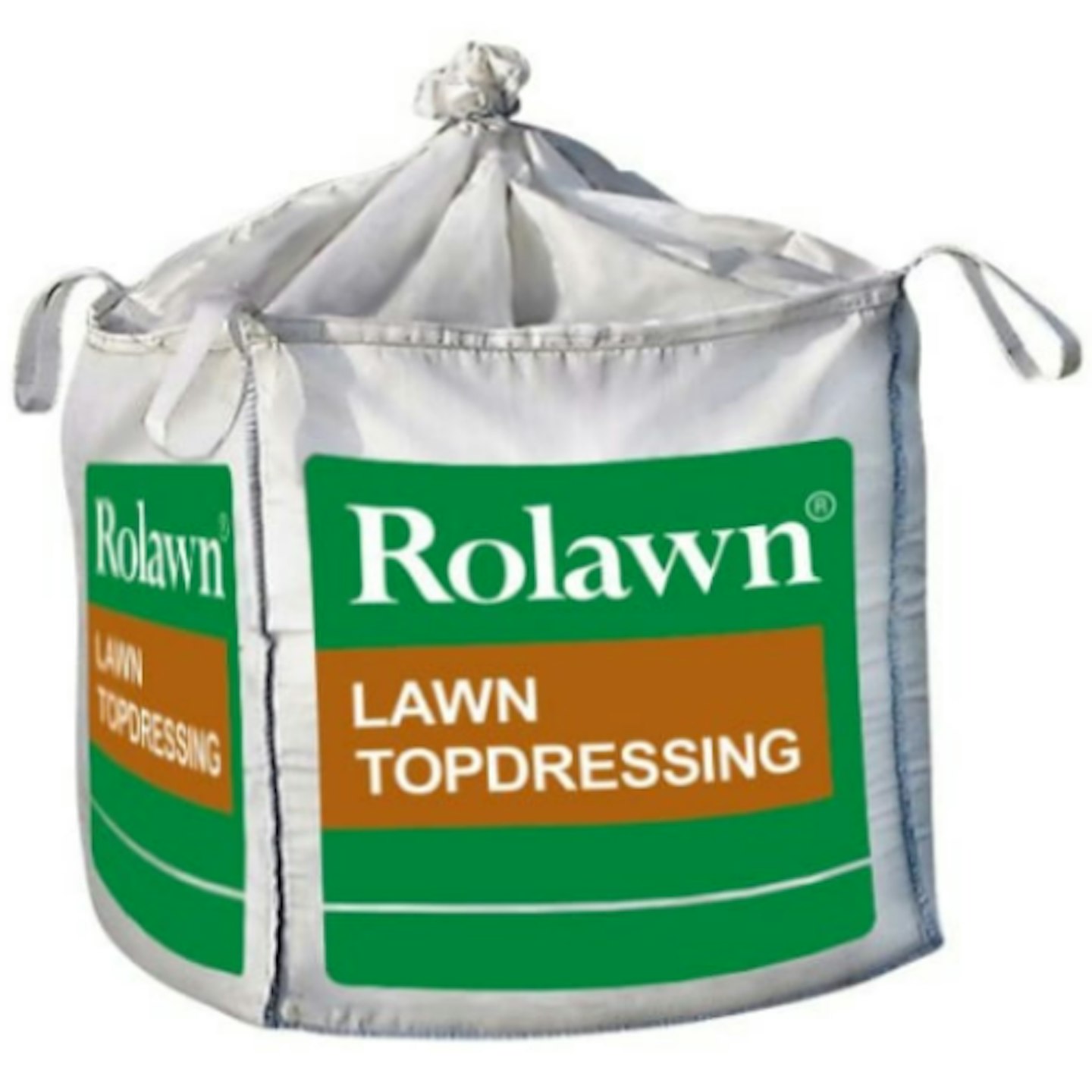 Rolawn
Rolawn www.wickes.co.uk
If you've got a lot of lawn that needs top-dressing, this 730 litre bag will help stimulate grass growth, improve drainage and create a level surface. It's high-quality, peat-free, and sand-based with minimal stone content.
Pros
- Easily friable mixture
- A peat-free solution
Cons
- Not suitable for use with spreaders
Feed the grass
Giving your lawn a boost with a lawn fertiliser now will green up your grass and make it grow more thickly, so there’s less room for weeds and moss to squeeze in. It’ll also toughen it up ready for any unpredictable British weather and stays lush with life throughout the year.
Just make sure you choose the right feed for the season. Spring and summer ones contain nitrogen, which could make the grass weak and more susceptible to winter wet, cold, and diseases if used in the autumn months.
Check out our lawn fertiliser guide for everything you need to know about feeding your grass and giving your garden that extra boost.
Repair bald spots

Every year, even on a well-maintained lawn, up to 20% of the grass can die, and often more after a particularly hot, dry summer. So, it’s not you, it’s just what grass does!
Bare patches are a magnet for weeds, so make sure to repair any gaps. Use a fork to gently break up the surface of the soil in the bare area, mix in a handful of compost, then lightly scatter grass seed over the soil and rake it in. Water, using a fine spray so the seed isn’t washed off the patch, and keep it well-watered if it doesn’t rain.
You can get new grass fast by sprinkling starter lawn fertiliser over the seeds.
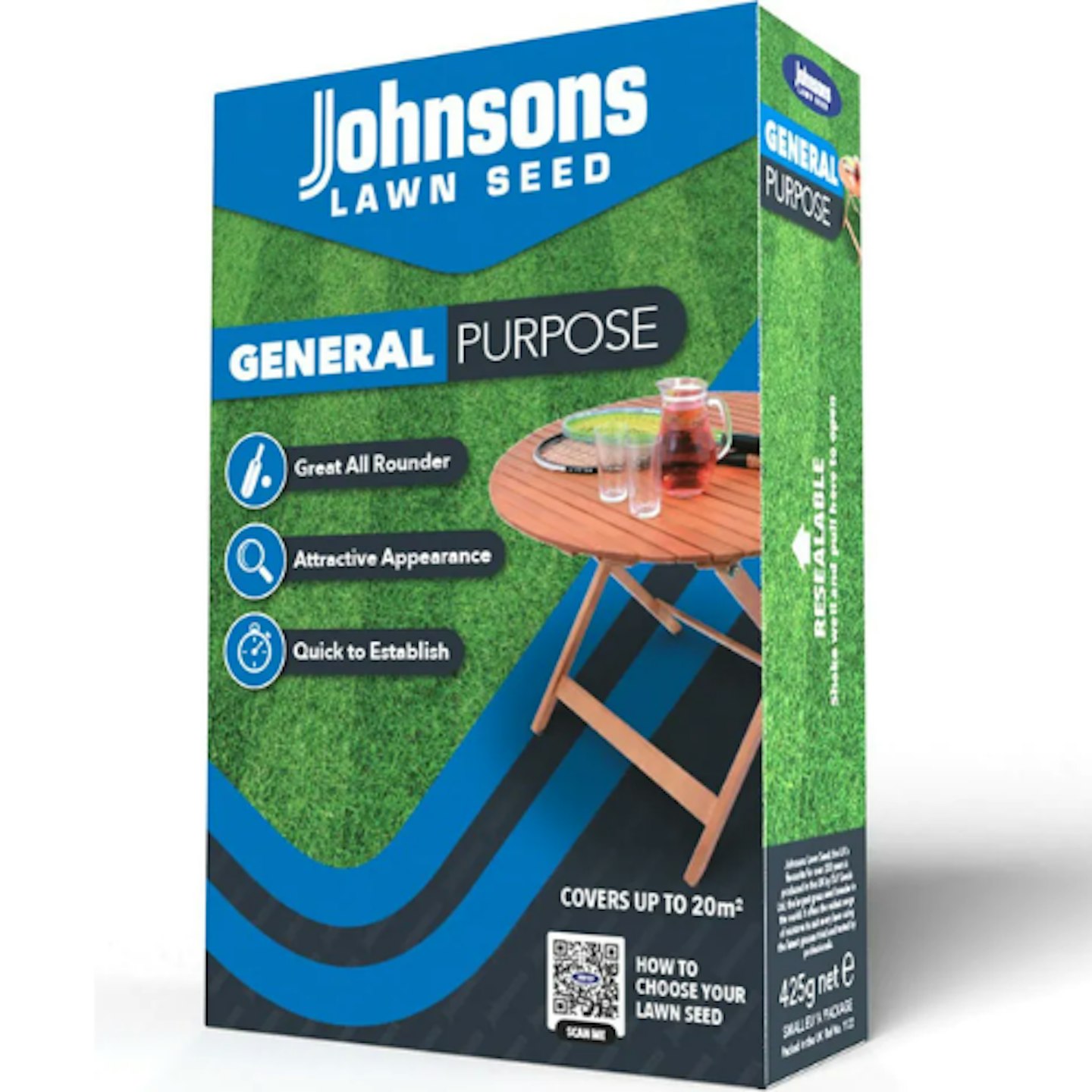 Johnsons
Johnsons www.crocus.co.uk
Using modern dwarf-type perennial ryegrasses and creeping red fescue, this general-purpose seed will produce a good-looking and hardwearing lawn with young grass appearing within 7 to 14 days. This is suitable for both new lawn projects and overseeding existing lawns.
Pros
- Contains dwarf type perennial ryegrasses and creeping red fescue
- You could see results in seven days
Cons
- Can take longer in cold weather
FAQs
Why do piles of soil pop up?
Those little heaps of soil that appear on your lawn are worm poos. And while the worms are doing a very useful job of keeping your soil healthy, their waste can be an eyesore on your lawn. You’ll get more worm casts on areas where there’s a lot of thatch or rotting leaves, so you’ll naturally get less once you’ve raked and removed dead grass from your garden.
If you only get a few now and again, then wait until the casts have dried out and use a broom to brush them into the grass. Be careful not to squash them, as the soil provides a great bed for weed seeds to germinate in. If they’re a real nuisance, though, you can encourage the worms to poo elsewhere. Making the soil acidic, which casting worms don’t like, will cause them to go deeper in the soil where they can’t cast, or move to another part of the garden.
Try a product such as Sulphur Lawn which doesn’t harm the worms.
What about 'No Mow May'?
The British conservation charity, Plantlife, has introduced a No Mow May campaign in recent years to encourage flowers to bloom in gardens across the UK to provide a vital source of nectar for bees and other insects. All you need to do is lock your lawnmower away for the month of May and let the wildflowers blossom.
At the end of the month, join in with their nationwide ‘Every Flower Counts’ survey to receive your very own nectar score for your lawn and help the charity learn more about the health of the nation’s wildflowers.
You never know, from this trial, you might want to convert your lawn into your own thriving wildlife meadow!
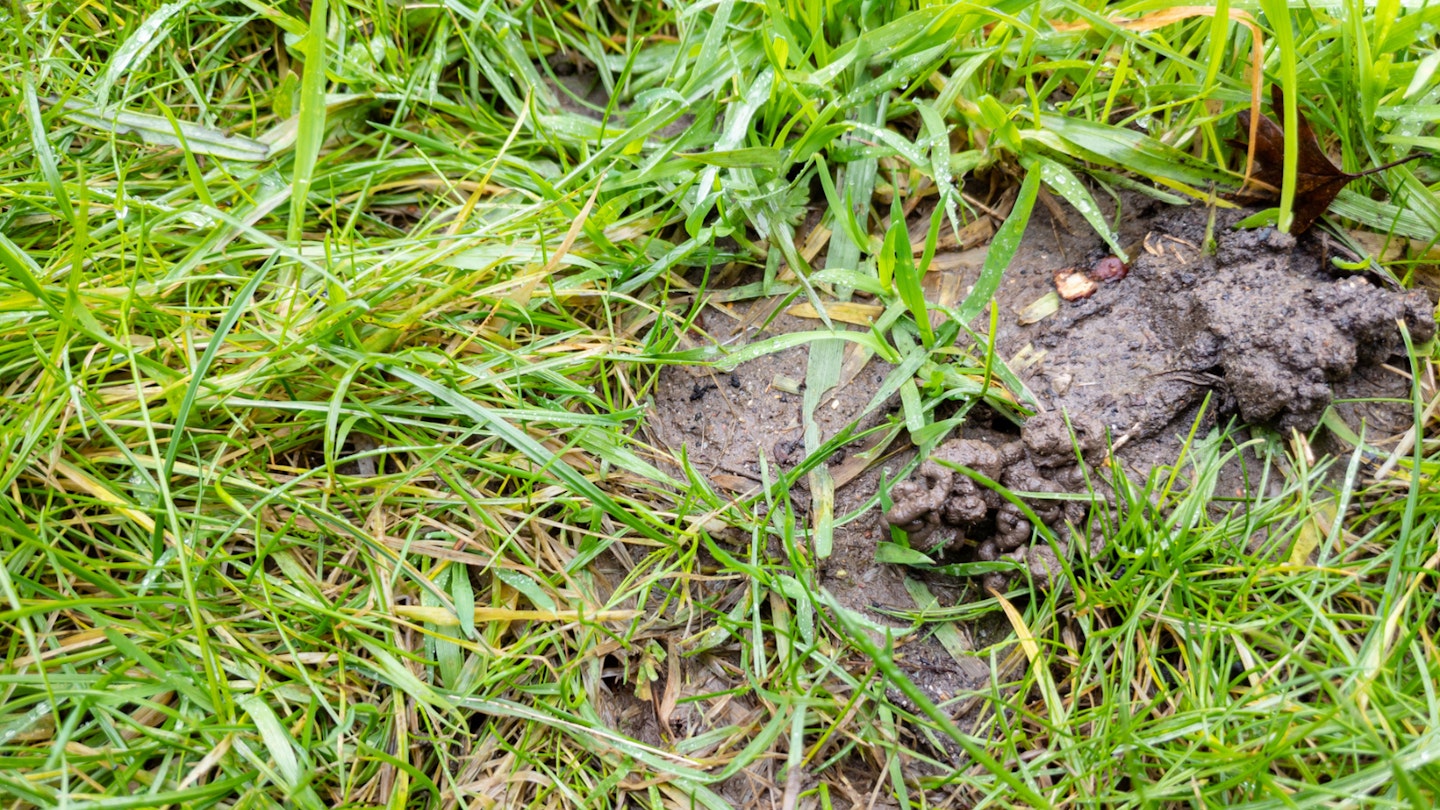
What to read next:
The best knee pads and kneelers for comfy hands-on gardening
Subscribe to Modern Gardens magazine and get the most out of your outdoor space. Discover everything you need to know to make your outside space look fantastic, quickly and easily, with hundreds of simple ideas, designer tricks, affordable products and expert advice in every issue of Modern Gardens. View our latest subscription offers to save on shop prices.
Geoff Hodge is a freelance garden writer and editor for Modern Gardens magazine and various other national gardening magazines and websites. Previously, he was online editor for the Royal Horticultural Society. He has written eight gardening books, including five for the RHS.
